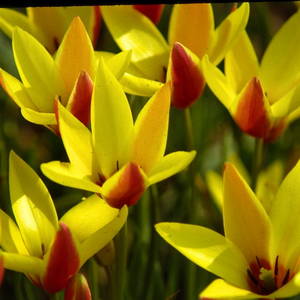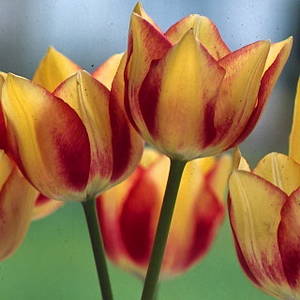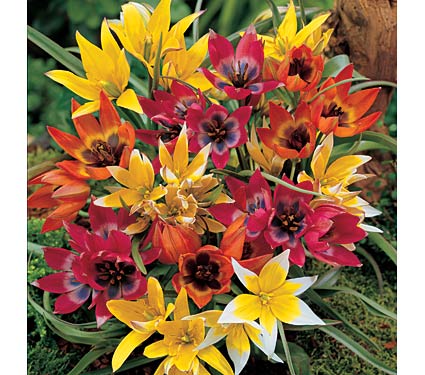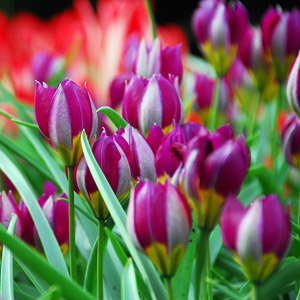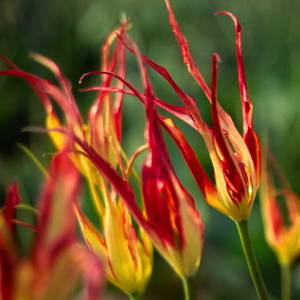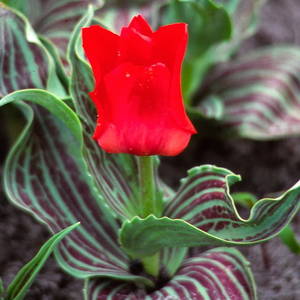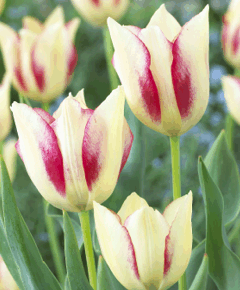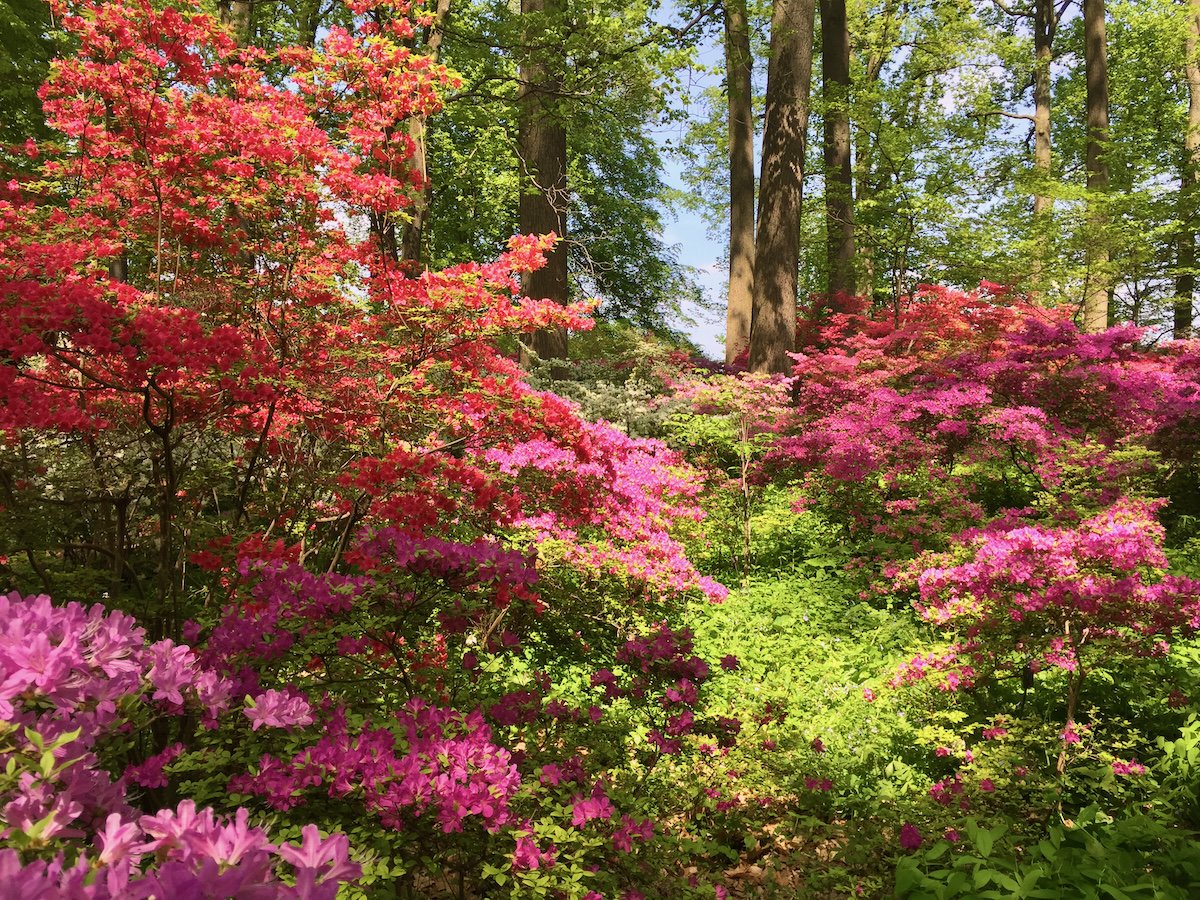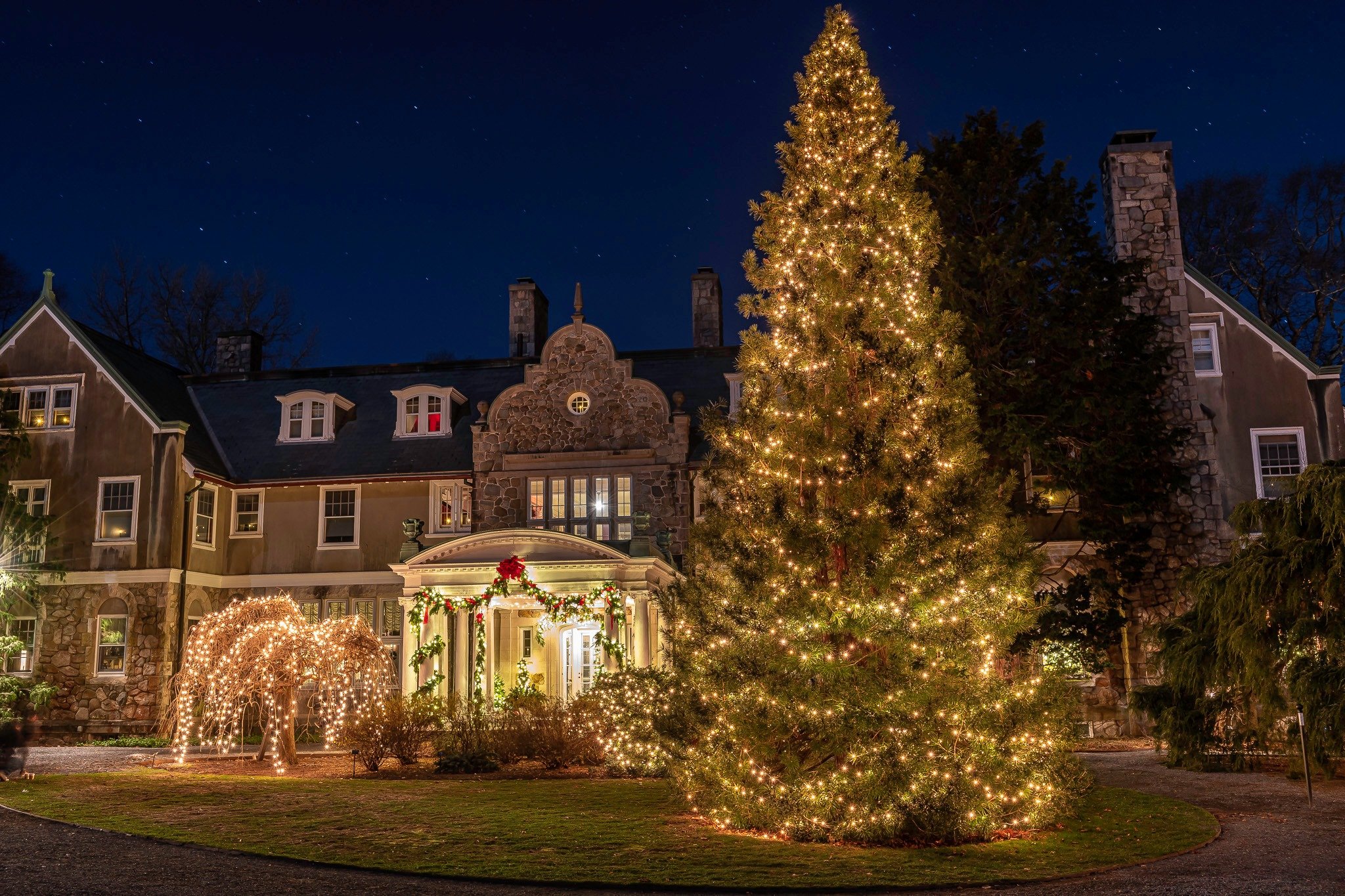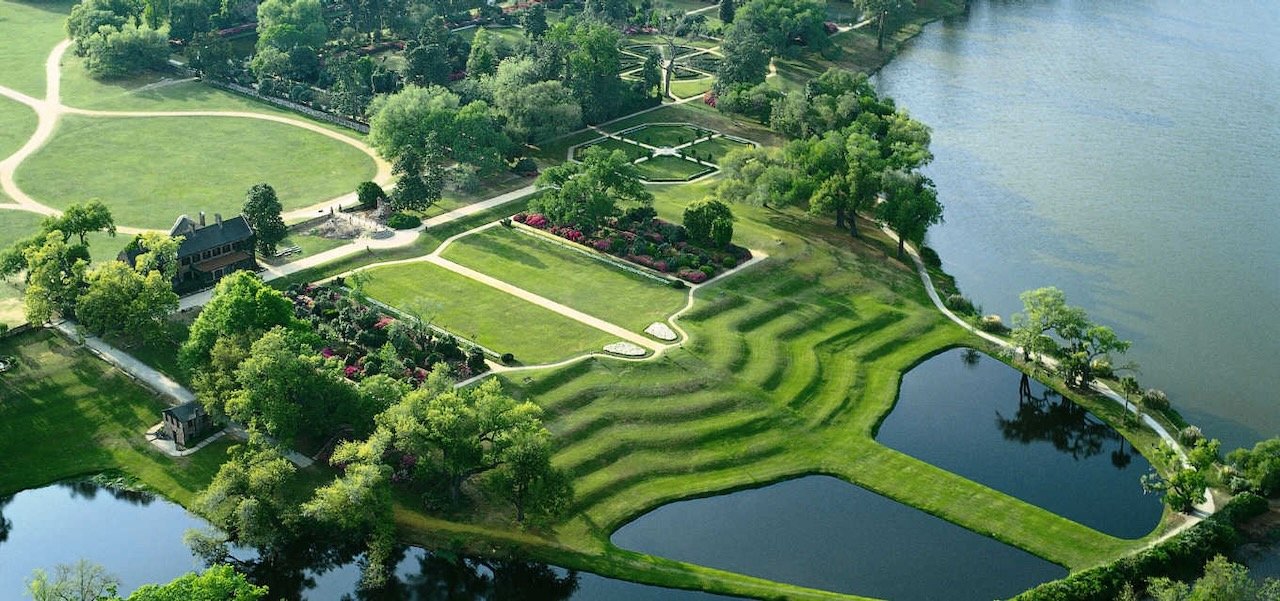Gardens Under Glass
/January and February are the toughest months for gardeners with snow, ice and bitter, cold winds making forays into the garden unpleasant. An afternoon spent in a warm, lushly planted greenhouse is a welcome respite from our New England winter. So call one of your gardening friends and make a date to visit one of our local gardens under glass:
The Margaret C. Ferguson Greenhouses at Wellesley College are open every day of the year and feature the most diverse collection of plants under glass in the greater Boston area. Designed by Professor Ferguson who taught at Wellesley for 37 years and served as the first woman president of the Botanical Society of America, the greenhouse complex comprises 7,200 square feet of indoor gardens. The maze of sixteen interconnected greenhouses includes a Tropic House of palms, cycads and banana trees; a Dessert House of cacti and succulents; a Hydrophyte House of aerated pools filled with aquatic plants, papyrus and mangroves; a Fern House, and a carnivorous plant collection. It is a wonderful place to get lost on a Sunday afternoon. (www.wellesley.edu/wcbg)
Tower Hill Botanic Garden’s Orangerie and Limonaia conservatories showcase beautiful collections of subtropical plants, camellias, and citrus trees. The Orangerie is a charming 18th century style greenhouse with potted plants arranged in artful combinations of complementary foliage color, texture and bloom. Statuary, seating nooks, fountains with trickling water and the scents of many blossoms add to its magical charm. The recently added Limonaia – Italian for “Lemon House” – features lemon trees with fruits in many forms and colors, from the school-bus yellow Meyer lemons to the soft-ball sized Ponderosas. Mingling with the lemon trees are camellias, ferns, bougainvillea and forced narcissus. It’s a feast for the senses. (www.towerhillbg.org)
The exquisite courtyard garden of Boston’s Isabella Stewart Gardner Museum complements the architecture and artwork of this grand historic mansion. Known for its summer nasturtium display, this indoor city garden is a haven in all seasons. From January to February, masses of tropical plants fill the courtyard with many of shades of green, complemented by clouds of white blossoms on mature jade plants. Norfolk Island pines, tree ferns, begonias and a variety of palms create a green tapestry, while orange and yellow bromeliads, striped Draceaena and colorful crotons provide splashes of color. In late February through March, the courtyard overflows with weeping yellow jasmines and dozens of orchids: lady’s slippers, Moth Orchids, Cattleya, Oncidius, and Cymbidiums. (www.gardnermuseum.org)
Orchid and camellia lovers should also visit the Lyman Estate in Waltham, which features one of the oldest surviving greenhouse complexes in the country. A grape house dates back to 1804, a camellia house to 1820, and an orchid house to 1840. The 100 year-old camellia trees are the stars of the Lyman Estate. Related to Camellia sinensis, which is the plant that tea comes from, Camellia japonica is a small ornamental tree valued for its beautiful, rose-like flowers. There are more than 2,000 varieties of Camellia japonica in existence, with colors ranging from white to pale pink to red, and blossoms that may be striped or speckled, and single or double in form. Visit the Lyman Estate and celebrate their camellia blooming season from February 6 to March 6. (www.historicnewengland.org)
A listing of gardens under glass would not be complete without mentioning Logee’s Greenhouses, a destination greenhouse for avid gardeners in Danielson, Conn. In 1900, founder William D. Logee bought a small Ponderosa Lemon tree from a grower in Philadelphia. It was know as the “American Wonder Lemon” because the fruit could get as large as five pounds. Planted in the original greenhouse on the property, the same tree still stands today and is reliably producing five-pound lemons every year. Thousands of lemon trees have been propagated from this original plant. Logee's Greenhouses is renowned for its collection of tropical and exotic plants including a large selection of passion flowers, Angel’s Trumpets, orchids, begonias, jasmines, and of course, citrus trees. (www.logees.com)
A visit to one of these wonderful greenhouses will lift your spirits, fuel your creativity and make the winter seem a little shorter.



























































































